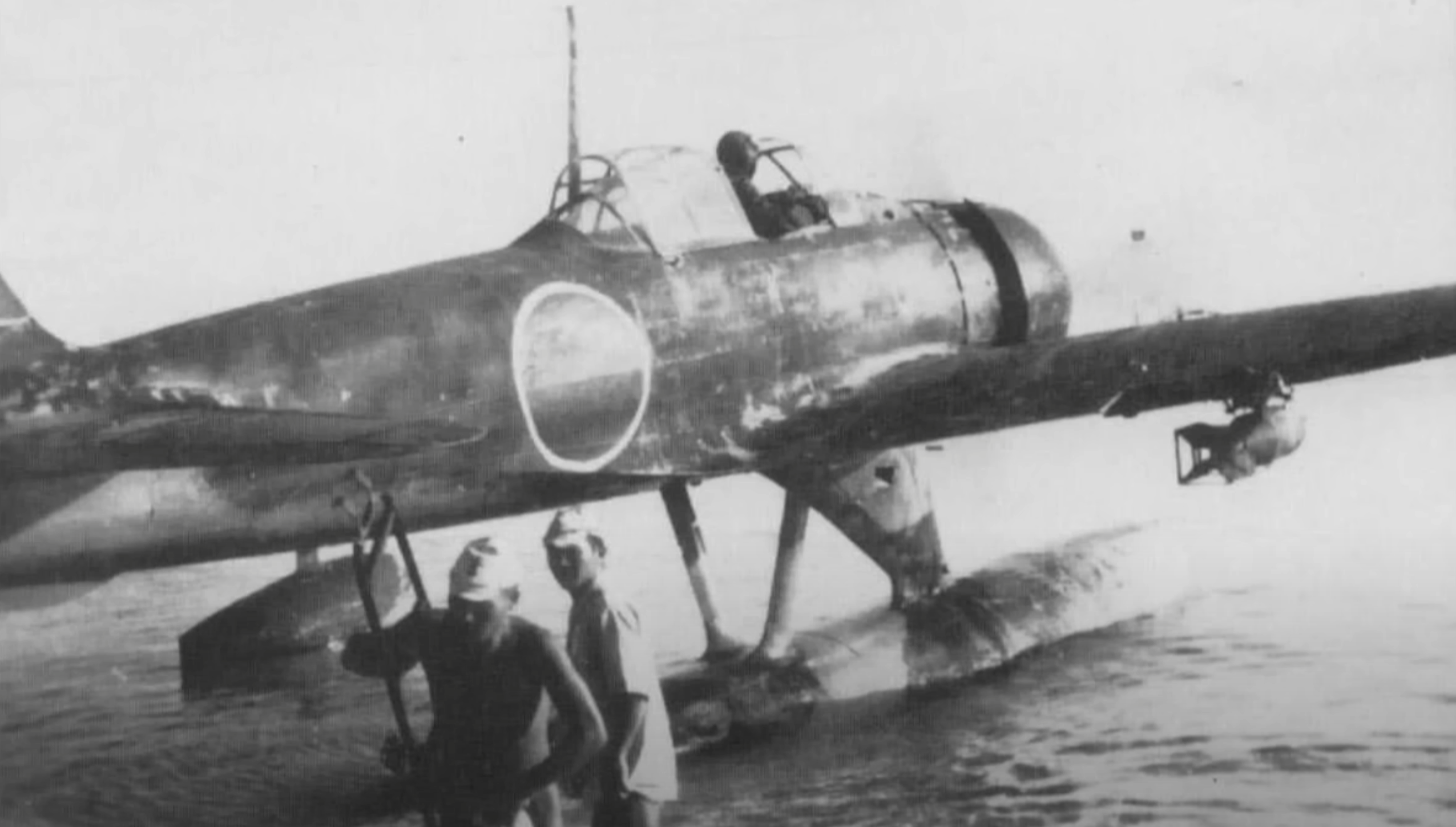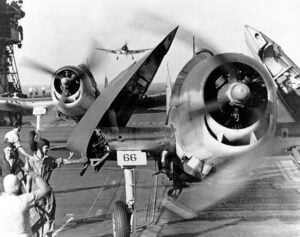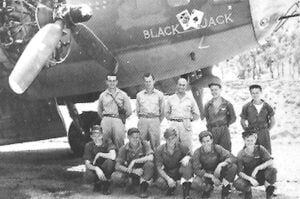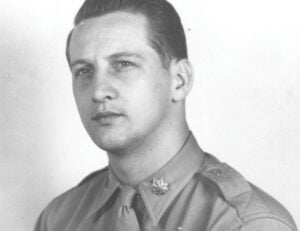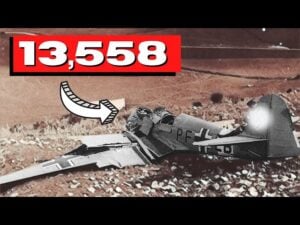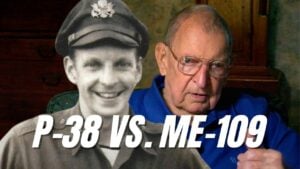When the Japanese Turned Zero Fighters Into Floatplanes During WWII—Nakajima A6M2-N ‘Rufe’
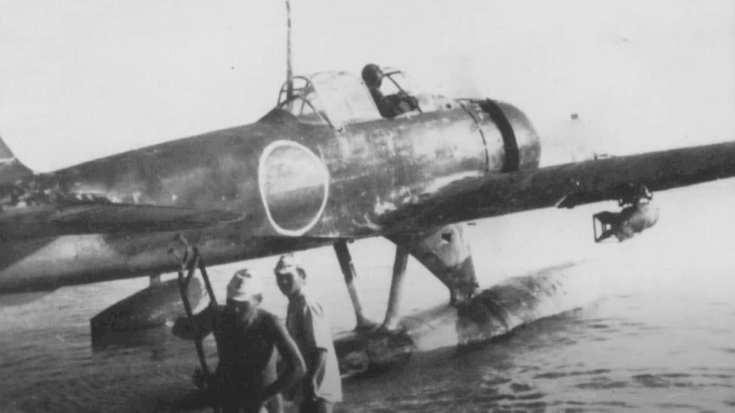
Skynea History / YouTube
Why Floatplane Fighters Were Needed
During World War II, several countries experimented with turning land-based aircraft into floatplanes. This approach gave military planners more flexibility, especially in areas without airfields. While some nations used floatplanes mainly for scouting, Japan also saw their value as a way to provide fighter protection in remote areas. When land bases weren’t available, floatplanes could be launched from water or even supported by ships.
The Japanese Navy began exploring this concept before the war spread across the Pacific. One famous result was the Nakajima A6M2-N, also known to Allied forces as the “Rufe.” This floatplane was a modified version of the Mitsubishi A6M Zero, Japan’s main fighter at the time. The Navy saw the need for a temporary solution while it waited for newer floatplane fighters still in development. That led to the creation of the A6M2-N in 1940.
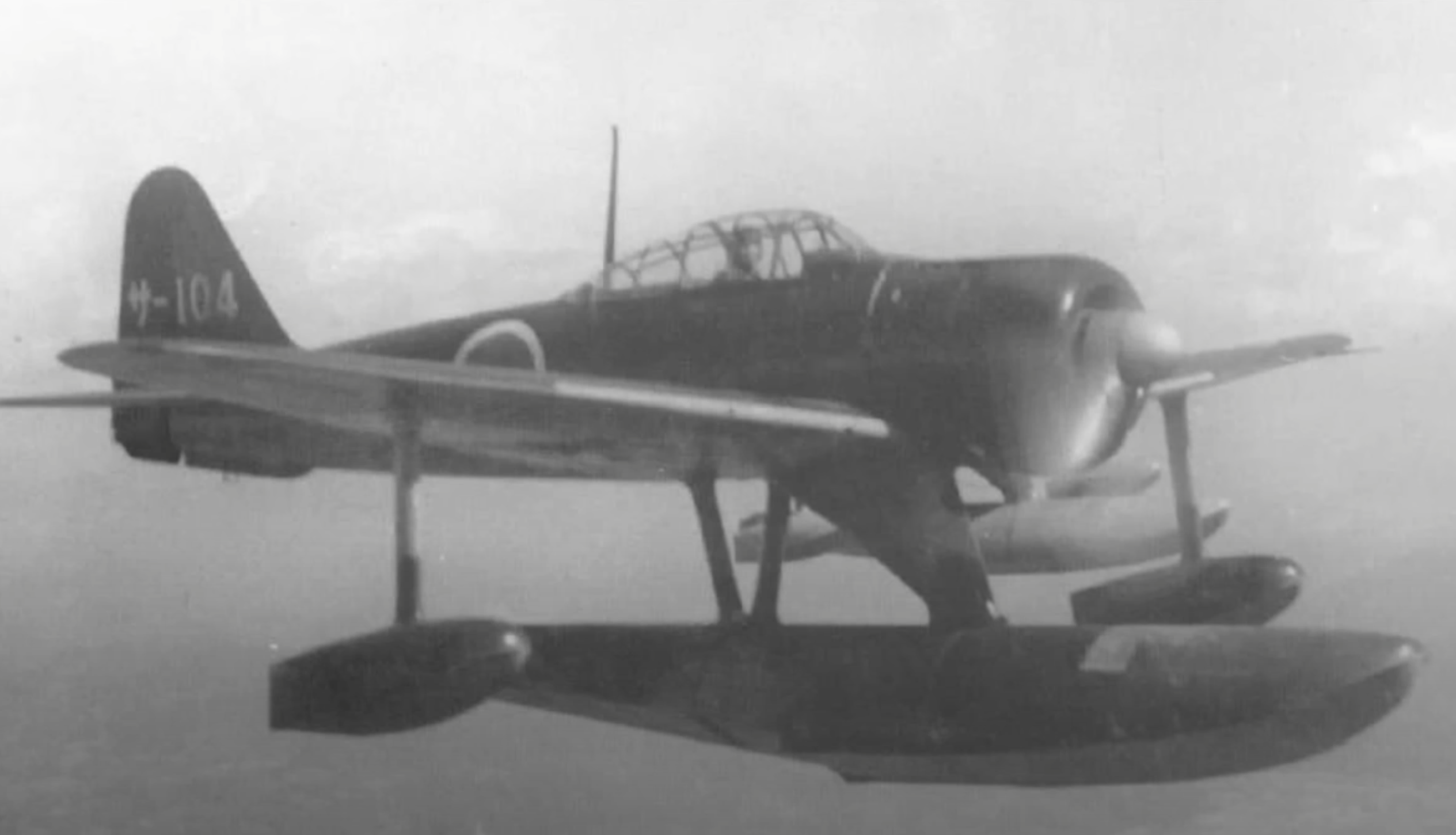
From Land Fighter to Floatplane
In late 1940, the Japanese Navy turned to Nakajima to develop a floatplane version of the Zero. Rather than designing a new aircraft, engineers modified the existing A6M2 Model 11. The changes were focused on turning the plane into a seaplane. The landing gear was removed, and a large central float was added underneath the fuselage. Two smaller stabilizing floats were placed under the wings to keep the aircraft steady in water.
Aside from the floats and some minor tail adjustments, the rest of the aircraft remained very similar to the standard Zero. The fuselage, wings, and weapon systems were unchanged. The floatplane version kept the same two 7.7 mm machine guns in the nose and two 20 mm cannons in the wings. It could also carry small bombs under the wings.
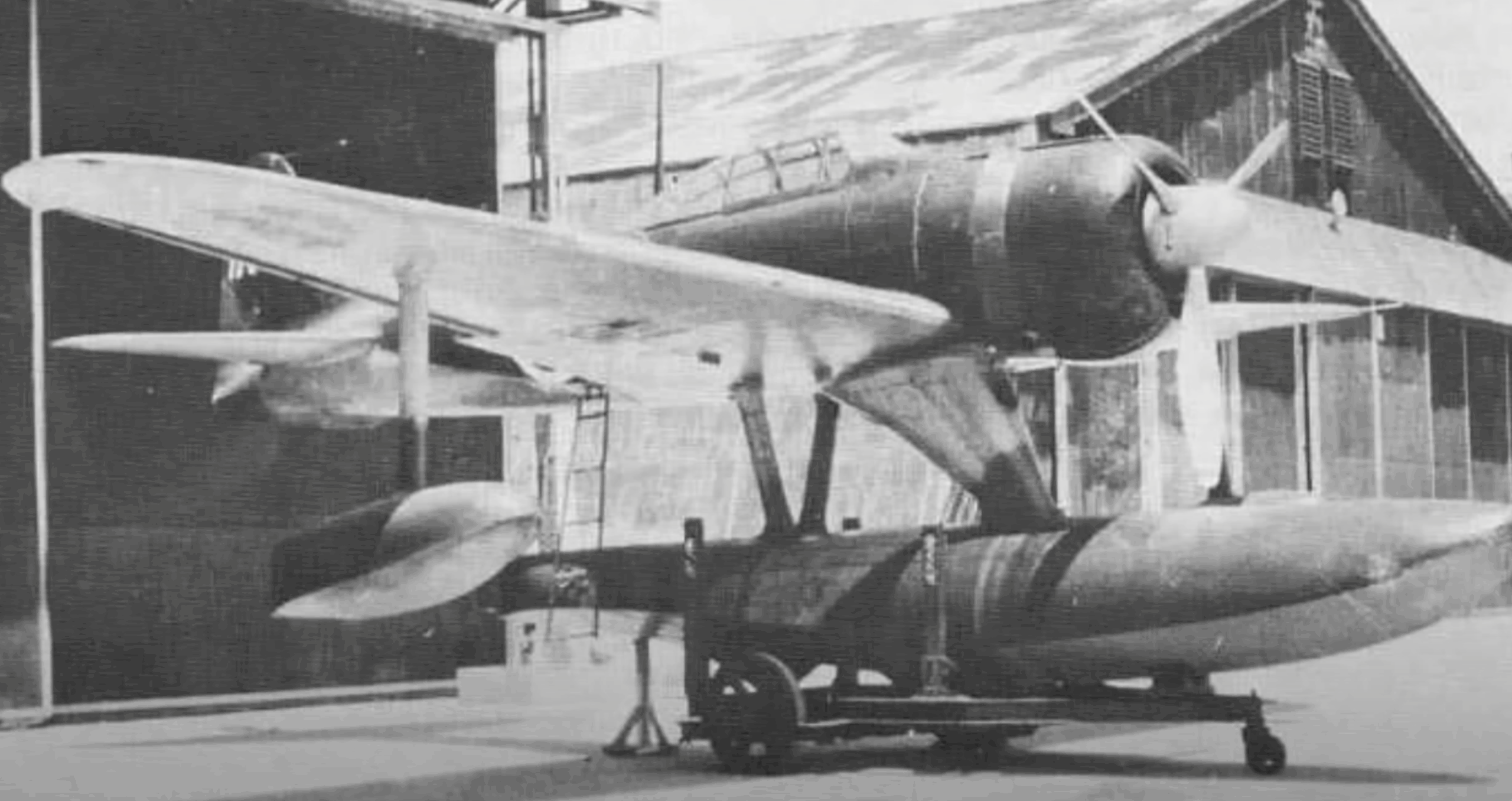
Fast Development and Quick Production
Work on the prototype, originally called the AS-1, moved quickly. It took its first flight on December 8, 1941—just hours after the attack on Pearl Harbor. The Navy was satisfied with the results and placed an order for 500 of the new floatplanes. However, only 327 were eventually built. Nakajima soon had to focus on building other aircraft, including torpedo bombers and more Zero fighters.
The A6M2-N was slightly longer and taller than the land-based Zero. It had an empty weight of about 1,912 kg and a maximum takeoff weight of over 2,460 kg. In terms of performance, however, the floatplane lagged behind the regular fighter. It had a top speed of only 270 mph, compared to the Zero’s 331 mph. The drag from the floats greatly reduced its speed and range.
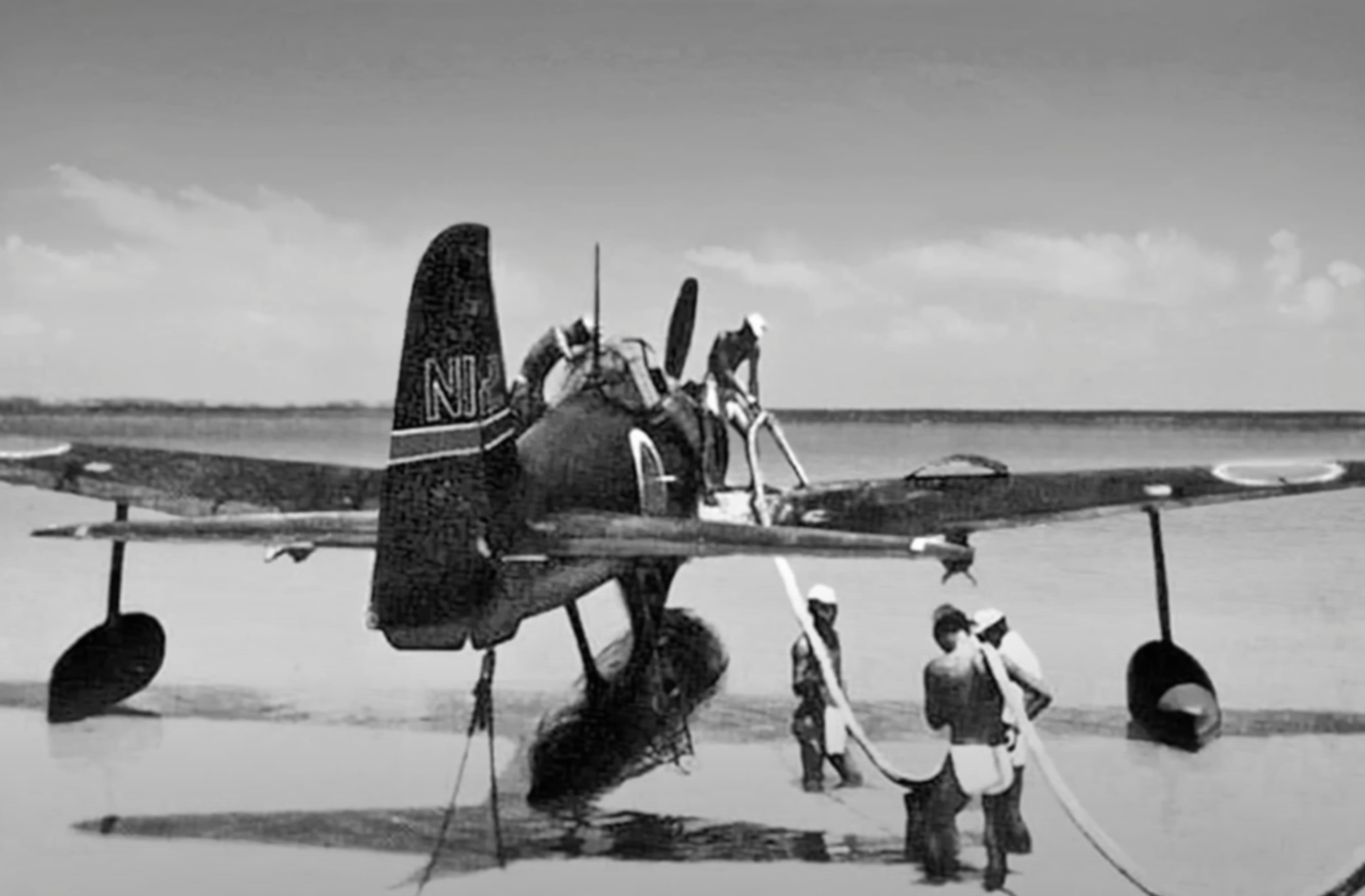
Combat Use in the Pacific
The A6M2-N began seeing service in late 1942, but by then, Japan’s expansion had slowed. Its original purpose—supporting amphibious invasions and operating from temporary island bases—was less needed. Instead, the Rufe was mostly used for defending remote outposts. It saw action in the Aleutian Islands and the Solomon Islands, including the defense of Tulagi and Guadalcanal.
The floatplane fighters operated from water bases and seaplane tenders like the Kamikawa Maru. In some missions, they performed well. Between September and November 1942, one unit flew over 360 combat missions and claimed to shoot down 14 enemy aircraft, losing nine of their own. These numbers, however, may not be exact. Still, the Rufe proved it could be useful under certain conditions.
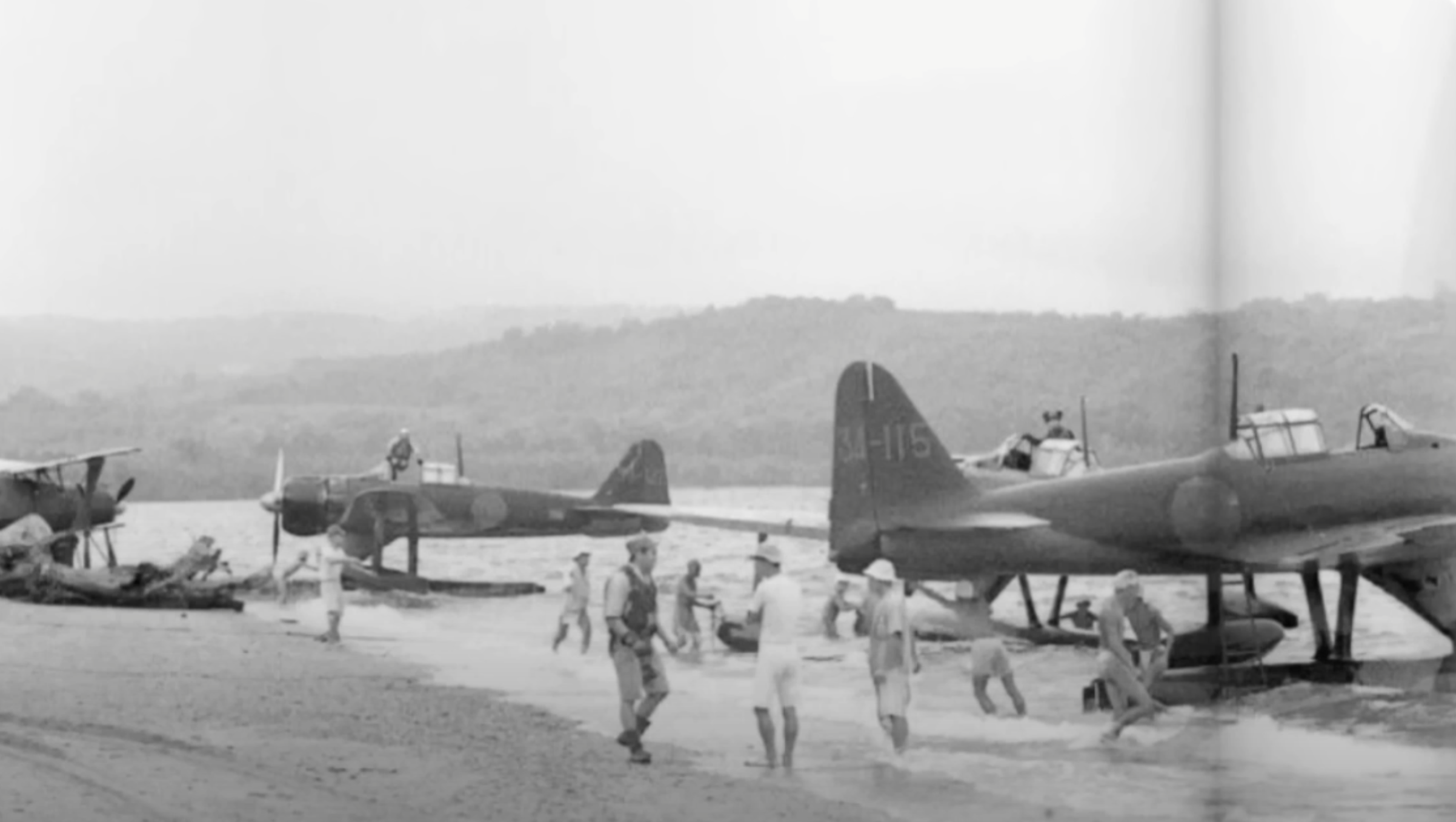
Facing Newer Fighters and Final Role
As newer American aircraft like the Hellcat and Corsair entered the war, the Rufe’s weaknesses became more obvious. It was slower and less maneuverable than most land-based fighters. Many of the remaining planes were pulled back to bases like Truk. Some were destroyed by night-fighter Hellcats. As Japan’s defenses shrank, the Rufe was used mostly for training and local defense.
Production stopped in September 1943 when the more advanced Kawanishi N1K1 finally entered service. By the war’s end, a few A6M2-Ns were still used in Japan for last-resort defense roles. One aircraft was captured in French Indochina and used briefly by the French Navy before being lost in a crash in February 1946.
